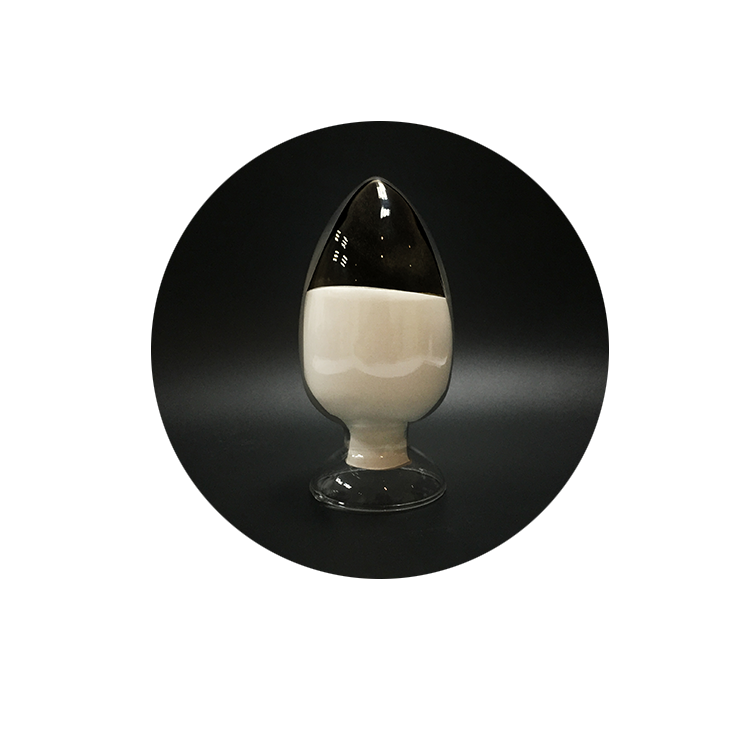Glucose Oxidase Plays an Important Role in Animal Cultivation
Ⅰ. The glucose oxidase function
Glucose oxidase has many functions such as antibacterial detoxification, immunity enhancement, liver protection and detoxification, and digestion. It can remove pathogenic factors in the body, especially the intestinal tract, optimize the intestinal environment, increase appetite, increase feed intake, and replace antibiotics and prebiotics. It can protect the immune system, enhance liver function, reduce drug residues in animals, and improve the quality of animal products.
Glucose oxidase function includes replacing part of antibiotics in antibiotic prophylaxis and feed. As a new type of green non-toxic feed additive, it can be widely used in livestock and poultry feed.
Ⅱ. The role of glucose oxidase in animal breeding
1. Improve the animal intestinal microecosystem and the body's immunity
Glucose oxidase catalyzes glucose to produce gluconic acid and hydrogen peroxide in the animal body. This process requires a large amount of oxygen, which creates a relatively anaerobic environment for the animal's intestinal tract. This anaerobic environment is beneficial to the proliferation of intestinal tract bacteria and is not conducive to the growth of harmful bacteria. At the same time, a large number of beneficial bacteria will competitively inhibit harmful bacteria.
2. Remove oxygen (free radicals), protect the intestinal epithelium, effectively control coccidia and diarrhea
Livestock and poultry will produce a large number of free radicals when various stress states occur. These free radicals will destroy the epithelial cells in the intestines when they reach a certain amount. Glucose oxidase has an antioxidant effect, which can remove free radicals produced in animals to ensure the intestinal epithelial cells are intact, preventing the invasion of pathogenic bacteria and coccidia.
Adding glucose oxidase to the diet can increase the serum SOD activity of broilers and reduce the MDA content with anti-oxidation and anti-stress effects. Gluconic acid is used by the flora in the back of the intestine to produce butyric acid, which provides energy for the intestinal epithelium, stimulates the growth of intestinal epithelial cells, enhances mucosal permeability, and promotes the absorption of water and sodium ions. Adding 200 grams of glucose oxidase to the piglet's diet can reduce the diarrhea rate by 54.21%.
3. Glucose oxidase can promote feed digestion and improve production performance
It can rapidly metabolize glucose in the intestine and reduce the inhibitory effect of high concentration glucose on feed intake; reduce the intestinal pH of livestock and poultry, activate endogenous digestive enzymes in the intestine, and promote the digestion and absorption of feed in the intestine. In case of anorexia, indigestion and diarrhea, it can quickly resume normal feeding and promote the rapid growth of animals.
Long-term use of glucose oxidase can increase the growth rate of broilers, increase the egg production rate of laying hens during the peak period, increase the egg production rate by 5-7% after the peak period, increase the thickness and weight of the egg shell and reduce the rate of abnormal eggs, the feed-to-egg ratio and mortality and elimination rate.


